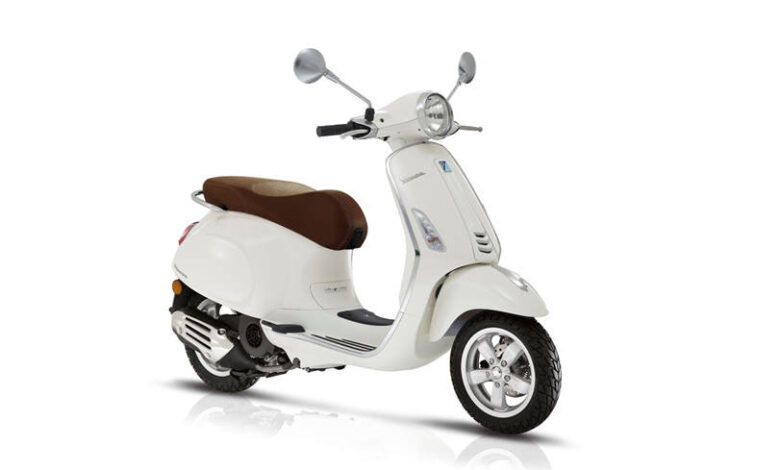The Pros and Cons of Electric Scooters vs. Electric Vespas

As the demand for eco-friendly transportation grows, electric scooters and electric Vespas are two popular options to consider. Each one has its own advantages and drawbacks, so it can be difficult to decide between the two. In this blog post, we’ll break down the pros and cons of electric scooters and electric Vespas to help you make an informed decision. Are you in the market for an eco-friendly mode of transportation? If so, you may be considering two of the most popular options: electric scooters and electric Vespas. Both offer the convenience of electric power and portability, but it can be difficult to decide which one is right for you. In this blog post, we’ll outline the pros and cons of electric scooters and electric Vespas to help you make an informed decision.
Electric Scooters
Electric scooters are one of the most popular eco-friendly modes of transportation, offering riders a convenient and cost-effective way to get around. They are lightweight, compact, and maneuverable, allowing riders to move quickly and easily through crowded streets and busy city sidewalks. Electric scooters come in a variety of shapes and sizes, making them ideal for both adults and children. They can reach speeds of up to 20 mph, depending on the model and battery life, and they typically require minimal maintenance. They can be powered either by a rechargeable battery or a gas-powered motor, so riders have the flexibility to choose the type that suits their needs best. Additionally, electric scooters are often cheaper than their electric Vespa counterparts.
Electric Vespas
Electric Vespas are a popular alternative to traditional gas-powered scooters, offering an eco-friendly transportation option. Electric Vespas come in a variety of models, ranging from classic-style Vespa PX models to the latest Vespa Elettrica designs. All Electric Vespas are powered by a battery and electric motor, eliminating the need for gasoline. They offer a variety of features, such as digital speedometers, anti-lock brakes, cruise control, and regenerative braking, that make them a reliable choice for commuters. In addition, many Electric Vespas offer additional storage space for cargo, making them an ideal choice for short trips or errands. As with electric scooters, Electric Vespas are generally easy to operate and require minimal maintenance.
Comparison
Electric scooters and electric Vespas are two of the most popular eco-friendly modes of transportation, but there are a few key differences between them. Electric scooters typically have small wheels, making them easy to maneuver around tight spaces like sidewalks and bike paths. They usually have a standing or seated riding position and require no license or registration. On the other hand, electric Vespas have larger wheels, making them more stable at higher speeds. They generally have a seated riding position, and some models may require a license or registration. Additionally, electric Vespas tend to be more expensive than electric scooters due to their size and features. Ultimately, which vehicle you choose depends on your needs, budget, and preferences.
Advantages
When it comes to choosing between an electric scooter and an electric Vespa, both offer distinct advantages. Electric scooters are lightweight and typically more affordable than electric Vespas, making them the ideal choice for those who want a quick, easy way to get around town. Electric scooters are also more compact and easier to store than electric Vespas.
Electric Vespa offer a more comfortable ride than electric scooters due to their increased size and more powerful motors. They also tend to have a higher top speed than electric scooters, making them great for long commutes. In addition, electric Vespas often come with additional features such as larger storage compartments and headlight/taillight packages, which can make them safer and more practical for nighttime rides.
Disadvantages
Electric scooters come with a few disadvantages. First, they are not as powerful as electric Vespas, which makes them less suitable for carrying heavy loads or traveling long distances. Additionally, electric scooters often have shorter ranges than electric Vespas and require frequent charging. Finally, due to their size and design, electric scooters are less stable on certain surfaces such as gravel, dirt, and sand.
Electric Vespas come with their own set of drawbacks. These include higher purchase prices, greater maintenance costs, and larger size, making them harder to store and transport. Electric Vespas are also heavier than electric scooters, which may cause problems when maneuvering in tight spaces or carrying up stairs.





